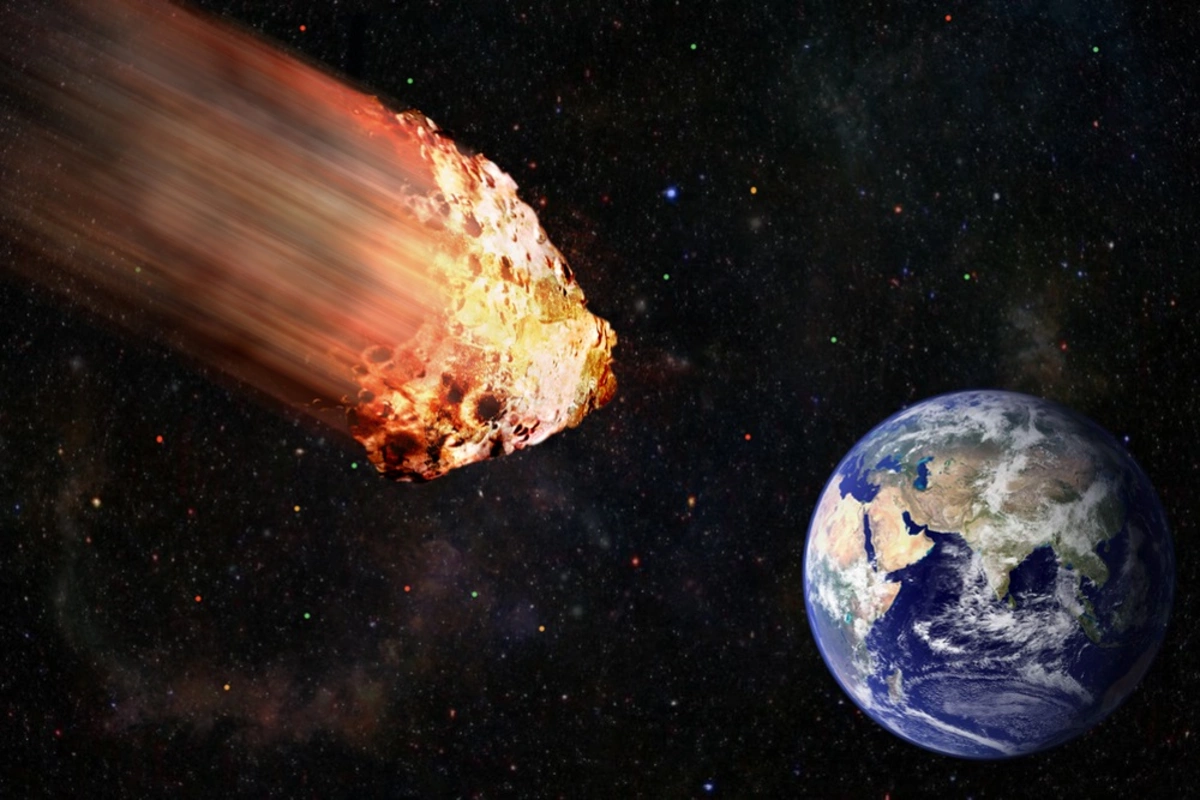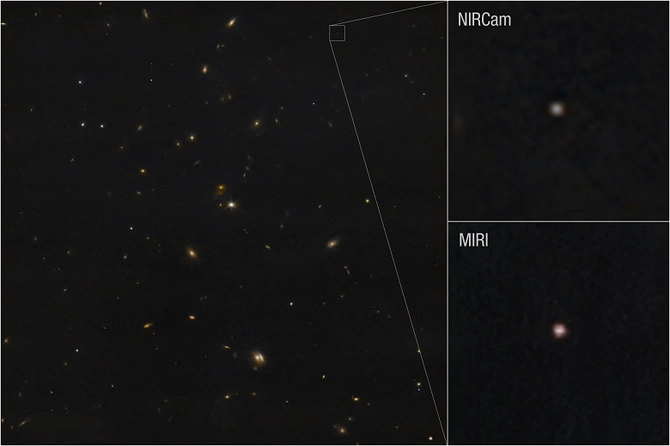Telescope data showed how dangerous the asteroid rushing toward Earth is

The diameter of asteroid 2024 YR4 turned out to be about 61 meters, and the potential impact energy is equivalent to 30 megatons of TNT. This is enough to destroy an entire city.
In late January 2025, humanity was seriously alarmed by a cosmic visitor - asteroid 2024 YR4, discovered just a month earlier. The object received a threat level of 3 on the Torino scale, which means a 3% probability of collision with Earth in December 2032. An asteroid up to 90 meters in size could well have caused a large-scale catastrophe.
The situation changed quickly thanks to the coordinated actions of an international network of observatories. The Nordic Optical Telescope in the Canary Islands played a key role in refining the trajectory. By March, the risk of collision with Earth had dropped to less than 0.001%. However, a new risk emerged: a 4% probability of impact on the Moon, which could lead to the formation of a dust cloud threatening satellites and space stations.
For a more accurate assessment of the asteroid's characteristics, scientists turned to the James Webb telescope - the only instrument capable of measuring the thermal radiation of such objects. Unlike visible light, infrared data allows for precise determination of the body's size. The first observation attempt on March 8 was unsuccessful, but on March 26, clear images were obtained.

Analysis showed: the asteroid's diameter with 95% probability is between 46 and 74 meters, and its reflectivity is 8-18%. This corresponds to so-called S-type asteroids, rich in silicates. The combination of two telescope instruments - NIRCam (reflected light) and MIRI (thermal radiation) - allowed scientists to precisely establish the diameter at 60 ± 7 meters. These same data will form the basis for calculations of the asteroid's orbit and rotation.
The modeled consequences of a possible collision turned out to be alarming: an explosion with a power of up to 30 megatons, twice as powerful as the legendary "Tsar Bomba," and a destruction zone of up to 80 km. For comparison: the fall of the Chelyabinsk meteorite with a diameter of only 17 meters caused a shock wave that was felt within a radius of 90 km.
Unexpectedly, researchers also became interested in the thermal characteristics of YR4. The NEATM model used, which takes into account uneven heating due to shape and rotation, revealed unusual parameters that are uncharacteristic for similar objects. In 2026, scientists plan to conduct additional observations to determine the nature of these anomalies.
Although direct collision with Earth is no longer considered, observations of the asteroid will continue until May. The next opportunity to study YR4 will appear in 2028. It is already clear: thanks to the combination of ground-based and orbital telescopes and advanced analytical methods, humanity has obtained a reliable planetary defense tool. What recently seemed like science fiction has become part of everyday scientific practice.
Similar News
Named the most beneficial type of walking
Nordic walking with two support poles is especially beneficial for health: it engages up to 90% of the body's muscles, increases energy expenditure by 20%, and...




 Azərbaycanca
Azərbaycanca  По-русски
По-русски  English
English 





